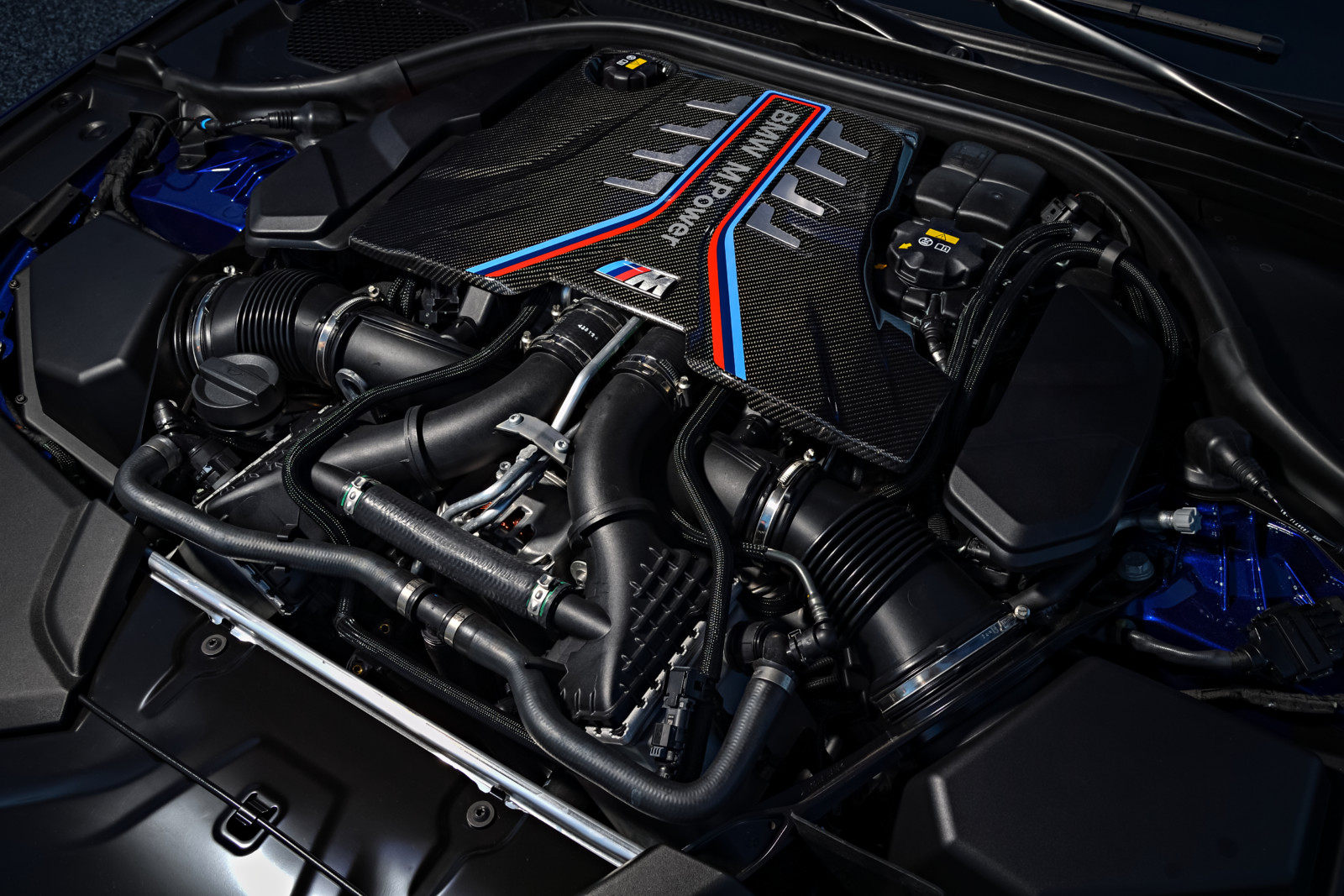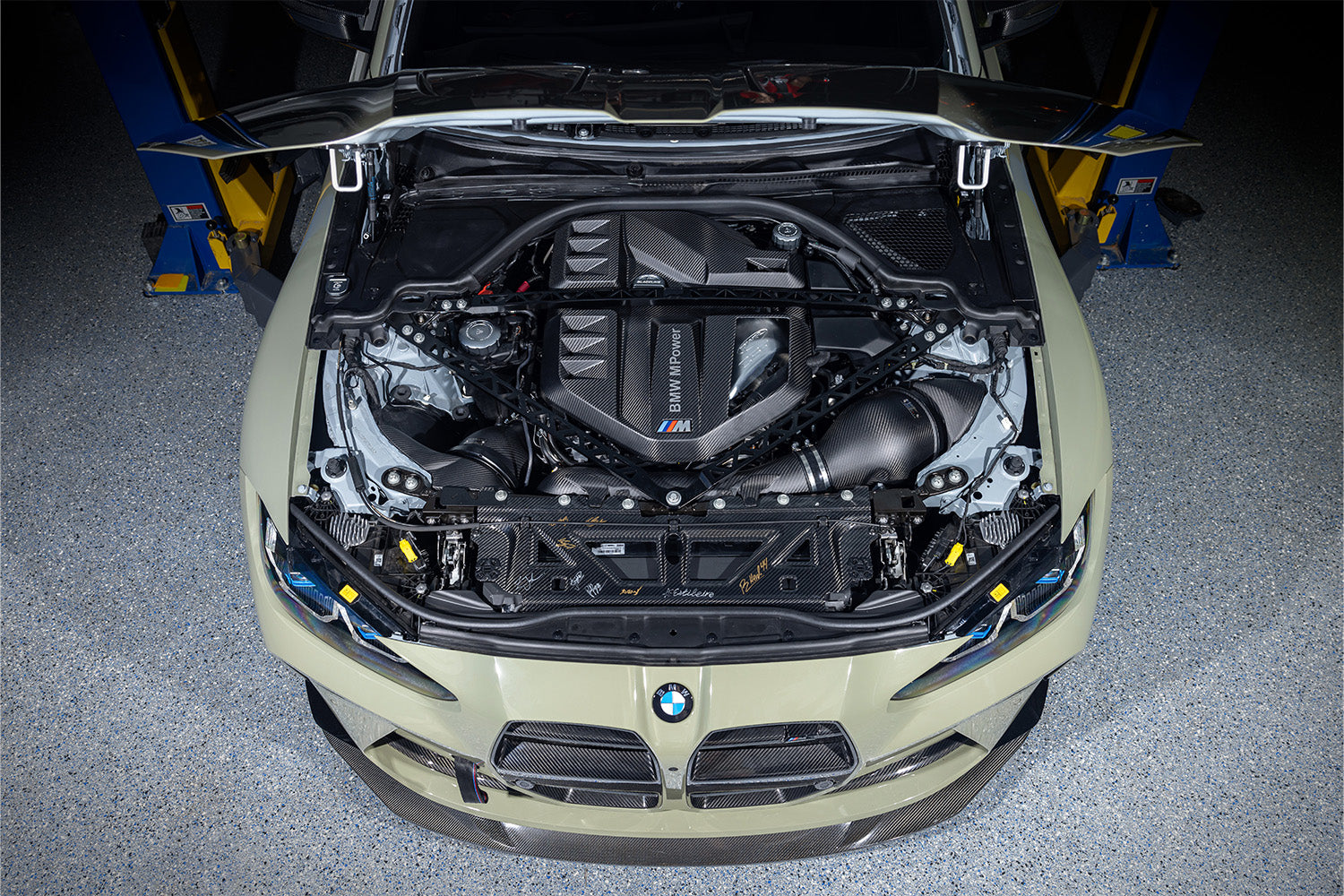Discovering the Development of Burning Engines in Modern Transportation Equipments
As we navigate the landscape of modern-day transport, the advancement of burning engines stands as a testimony to human resourcefulness and design prowess. From their simple beginnings to the advanced powerhouses thrusting cars today, combustion engines have actually gone through an impressive journey of innovation and adjustment. Recognizing the details of this evolution not just loses light on the past but likewise leads the way for picturing what exists in advance in the realm of transportation technology. The interaction of history, innovation, and environmental problems in forming the trajectory of combustion engines creates a narrative that is both insightful and compelling.
Early Beginnings of Combustion Engines
Exactly how did the idea of burning engines initial emerge in the beginning of transportation advancement? The roots of combustion engines can be mapped back to the 17th century when the principles of internal burning were first explored. In 1673, Christian Huygens conceptualized a fundamental interior burning engine that used gunpowder to produce power. Nonetheless, it wasn't up until the late 19th century that functional applications of combustion engines in transportation started to arise.
The innovation moment included the creation of the very first effective gasoline-powered engine by Karl Benz in 1885 - bmw engine. This engine led the way for the advancement of the contemporary car, changing transport systems worldwide. Subsequent innovations by Nikolaus Otto and Gottlieb Daimler additionally fine-tuned combustion engine technology, causing the automation of cars and the rapid expansion of the transportation market
These early burning engines were characterized by their simpleness and efficiency, laying the foundation for the complex and powerful engines made use of in modern transportation systems. The development of burning engines has contributed in shaping the means we travel and move products, noting a substantial turning point in the background of transport advancement.
Change to Internal Burning Innovation
The change to inner burning modern technology marked an essential change in the evolution of transport systems. This change started in the late 19th century, with innovators like Nikolaus Otto and Gottlieb Daimler creating the very first successful internal combustion engines. These engines transformed transportation by offering an extra powerful and reliable option to steam engines and electrical motors.
One of the vital advantages of interior burning engines was their capacity to be reduced to match cars, leading to the development of vehicles and motorcycles. This change from large, fixed engines to small, mobile ones paved the means for the contemporary transport systems we see today.
The shift to inner combustion modern technology likewise stimulated advancements in fuel innovation, bring about the growth of gas and diesel as primary gas sources for vehicles. This shift not only made transport more available to the masses yet likewise laid the structure for the oil and gas industry to end up being indispensable to worldwide economies.
Influence of Combustion Engines on Transport
The fostering of combustion engines in transportation systems catalyzed an extensive change in the performance and rate of global movement. Combustion engines revolutionized transportation by giving a reliable and flexible resource of power for different vehicles, consisting of autos, trucks, planes, and ships. This innovation significantly improved the ability for goods and individuals to conform fars away in much shorter time structures, bring about enhanced connection in between areas and countries.
Additionally, the extensive use burning engines has actually had a substantial influence on economic growth. The ability to transfer goods successfully has spurred trade and commerce, permitting services to broaden their markets and get to consumers worldwide. This has assisted in financial growth and globalization, as products can now be moved much faster and in bigger quantities than ever.
Nonetheless, the ecological impact of burning engines can not be overlooked. The burning of fossil gas has actually caused air pollution and greenhouse gas discharges, adding to climate change and positioning wellness dangers to populaces. bmw engine. As an outcome, there is an expanding focus on developing alternate propulsion modern technologies to minimize these adverse results and create an extra lasting future for transport
Innovations in Combustion Engine Layout
One notable innovation is the growth of turbocharged engines, which utilize exhaust gases to drive a wind turbine that presses incoming air, permitting for even more fuel to be scorched, resulting in boosted power result without a substantial rise in engine size. Variable valve timing systems have actually also reinvented engine design by optimizing airflow at various engine rates, improving both power and effectiveness. These developments collectively add to the continual enhancement of combustion engines in modern-day transport systems.
Future Patterns in Combustion Engine Development
With modern technology advancements driving continuous technology, the future of combustion engine advancement is poised to reinvent transportation systems globally. One of the key trends in Full Report combustion engine growth is the press in the direction of better effectiveness and reduced exhausts.
Another famous fad is the adoption of crossbreed modern technologies in combustion engines. Hybrid engines incorporate conventional burning innovation with electric power, using enhanced gas effectiveness and lower exhausts. As the automobile sector changes towards electrification, hybrid burning engines are viewed as a view it now transitional solution that connects the space between conventional cars and completely electrical ones.
Additionally, the combination of clever modern technologies, such as expert system and data analytics, is anticipated to play a significant role in the future of combustion engine growth. These technologies can optimize engine performance in real-time, leading to a lot more effective combustion processes and improved total vehicle performance. Accepting these future patterns will not only drive development in combustion engine growth but also add to a more environmentally friendly and sustainable transport ecological community.

Final Thought
In final thought, the evolution of burning engines in modern-day transport systems has been noted by considerable innovations in technology and layout. From the early beginnings of combustion engines to the change to inner combustion modern technology, these engines have had a profound effect on transportation. Developments in combustion engine design remain to drive progress in this field, with future patterns focusing on additional improving effectiveness and minimizing exhausts. The future of burning engines in transportation looks promising as study and advancement initiatives proceed to push limits.
The roots of burning engines can be mapped back to the 17th century when the concepts of internal burning were initial discovered. These engines revolutionized transportation by supplying a much more efficient and powerful alternative to heavy steam engines and electric motors.
